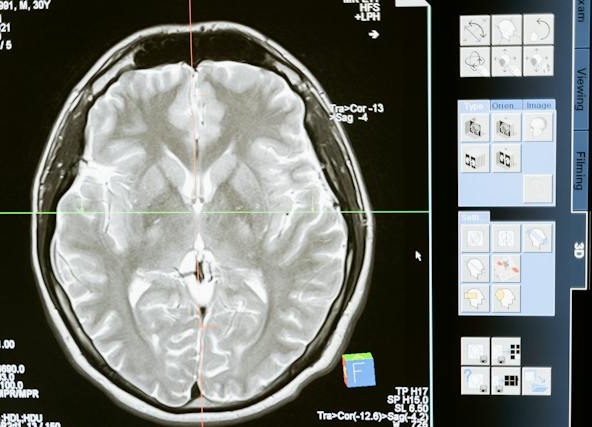The majority of people are aware that if you are injured due to another’s negligence, you have a right to seek legal compensation against that person, company, or entity. In a nutshell, this definition is enough to satisfy the process’s general idea; it leaves out room for nuances.
The above mentioned basic definition does not fully cover all the various aspects of many accident litigation cases. When a plaintiff has suffered pain and suffering, injuries, medical bills, damaged property, or time lost from work, they may choose to enact a civil suit. There is a vast array of situations, accidents, and injuries resulting from a preventable accident or form of negligence. The details surrounding any given situation will help to determine the feasibility of any given case. With that being said, it is always a good idea to seek a consultation or case review with a personal injury attorney in Salt Lake City, UT.
Regardless of how an accident occurs, the case should be based upon an actual “personal injury.” To fully understand this term, one needs to perform a little research or speak with a knowledgeable attorney.
So, what exactly is an injury then?
The term “personal injury” usually describes the area of law in which victims of avoidable crashes or mishaps seek legal recourse to help them financially recover from the party they declare is responsible. Personal injury claims are known as “torts,” which usually means they are civil legal actions filed over the affirmed “wrongs” that are an alleged wrongful or negligent act.
A plaintiff seeks damages.
A plaintiff seeks to resolve their civil injury claims by seeking an award for damages. Another way of saying this is they are granted monetary payment, paid by the liable party (defendant) to the injured (plaintiff). This is different than justice courts that seek punishment for an alleged crime. This would include things like fines, probation, and jail time. Damages are awarded in personal injury cases to help make the victims “whole,” and commonly provide restitution for the following items:
- Past, current, and future medical or clinical expenses incurred by the injured person.
- Lost income and lost potential future earnings should the injury be permanently debilitating in some way.
- Physical pain and suffering
- Psychological distress, reduced quality of life, and any treatment for mental disorders that have resulted from the accident.
Every case is unique, and so are the consequences. This means that every person is affected in their way. The degree to which injured individuals are compensated may include how much the person, company, or entity failed to uphold their “duty of care.”
The negligent or at-fault party
This is where things can get a little complicated. In general, everyone is supposed to conduct themselves in a reasonable, careful manner to avoid injury to those around them. The standard by which someone needs to exert care is determined situationally and what was going on at the time of the accident. Take the following examples below as different situations call for various levels of responsibility.
- An operator of a vehicle owes their passengers and others around them a certain level of care when they are driving their car or truck. When someone chooses to drive distracted (by poking and texting simultaneously), they are negligent by increasing the likelihood that they will cause an accident.
- A physician or medical provider has an obligation to give treatment following the accepted requirements of their career. The results that can happen when someone fails to uphold these standards can be devastating for their patients. Doctors and specialists have a high duty of care determined in which a reasonably skilled professional would be expected to act.
- Lastly, under property liability law, a property owner owes a responsibility of care to their visitors, guests, and workers. This includes general maintenance, clearing walkways, and taking actions to keep potential hazards away from people while they are on their property.
Remember that not all personal injury claims have to rely on a situation of direct negligence. Examples can include strict liability situations such as dog bite cases in Salt Lake City, UT, or product liability situations where manufacturers can be held responsible for failing parts or equipment. There may also be intentional torts that can arise from sexual abuse, assault, or someone violently attacking another person that resulted in wrongful death or substantial injury.
Various personal injury case types
Although we have already given a few examples, we wanted to provide a few more case types that can help you better understand how extensive this litigation can be.
- Injuries sustained from a preventable automobile accident in Salt Lake City, UT. This can include bicycle accidents, pedestrian accidents, and even large truck accident situations with commercial vehicles.
- Recreational injuries include physical activities such as boating, hiking, swimming, or even having your kids use a trampoline at a neighbor’s house.
- Work-related injuries have happened while someone was at their job or performing the duties defined by their position. This can include things like construction site injuries or worker’s compensation claims.
At The Ault Firm, our prize-winning lawyers have devoted their skills and careers to handling cases entailing damages or wrongful death. We have a targeted emphasis on handling every patient with the same level of dedication and overall goals. If you have inquiries concerning injury litigation or would like to talk about a potential insurance claim throughout Salt Lake City or the state of Utah, our legal team is here to help. Call us at (801) 839-4411 to request a case review today.



